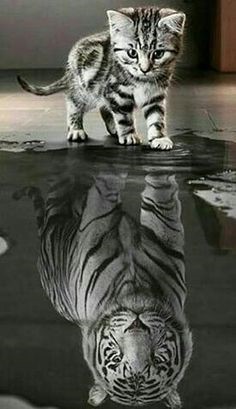National Geographic Magazine is known for their stunning photography. Most often they wow us, opening vistas to fascinating, unfamiliar places and informative articles. Then there is the recent September issue, startling, yet disturbingly captivating. On the cover, clutching a pink bouquet held together by a pink ribbon is the photo of a young woman – without a face. No, she is not faceless in the way we might describe a person who has no character. On the contrary, she has incredible character and courage which sustained her while she underwent the countless surgeries of a face transplant. After endless surgeries to save her life and heal her face, blown off when she pulled the trigger to end her life, she endured endless surgeries which gave her a new face.
At first, I found it nearly impossible to look at the photo of the young woman with the mangled face. After reading the first couple of paragraphs of her heart wrenching story, though, I kept glancing at that same photo and the many others taken prior to the transplant and those of her, with her ‘new’ face. The more I read and pondered this tragic story, the more I admired Katie Stubblefield, her caring parents, her incredibly talented team of surgeons and the woman who had donated her face. During a 16-hour operation the surgeons meticulously removed the face of the donor. Then, during a 15-hour surgery, they replaced Katie’s face with the donor’s face.
This “story of trauma, identity, resilience, devotion and amazing medical miracles”* prompted me to think about how many people desire a ‘new’ face and will spend enormous amounts not only of money but of time and energy to have a more ‘beautiful’ face. The most common ways of achieving such beauty, though very painful and expensive, include plastic surgeries of varying kinds, face lifts, collagen or Botox injections and costly make up. After losing her face Katie calls her reconstructed face Shrek. “I felt like other people would look at me and think I looked like a Cyclops or a freak,”* she used to say. Her new face, in a way, is like a mask she donned so she would no longer look like a Cyclops.
 Not all of us change our physical faces but more common to us are the masks we wear, in the hope of appearing to be something other than we are. While reading Katie’s story I kept wondering whether we, who don invisible masks to hide our perceived blemishes, both the outer and inner, do so to make ourselves more acceptable to ourselves and others. When we peer in the mirror, what do we see? Do we even see who we really are? If man and woman are created in the image and likeness of God, what reason do we have to mask that image? (Genesis 1:27) When we scrutinize our own faces for wrinkles and flaws, we tend to not only fail to notice what a marvel our face is, but what a marvel hides behind that face. So, what do we see the moment we look in a mirror? Myself, you will undoubtedly respond. My self. “Our faces are the outer image we attach to our inner sense of self, who we are and where we fit in the world.”*
Not all of us change our physical faces but more common to us are the masks we wear, in the hope of appearing to be something other than we are. While reading Katie’s story I kept wondering whether we, who don invisible masks to hide our perceived blemishes, both the outer and inner, do so to make ourselves more acceptable to ourselves and others. When we peer in the mirror, what do we see? Do we even see who we really are? If man and woman are created in the image and likeness of God, what reason do we have to mask that image? (Genesis 1:27) When we scrutinize our own faces for wrinkles and flaws, we tend to not only fail to notice what a marvel our face is, but what a marvel hides behind that face. So, what do we see the moment we look in a mirror? Myself, you will undoubtedly respond. My self. “Our faces are the outer image we attach to our inner sense of self, who we are and where we fit in the world.”*
In some cultures, faces are veiled and hidden while others draw attention to faces with piercings or tattoos. Are we our faces? Are we, or do we hide behind a mask, afraid to even really look at ourselves, to discover the true beauty within? There is an old adage that beauty is only skin deep and has no relation to goodness or essential quality. It has been said that, our deepest fear is not that we are inadequate, our deepest fear is that we are powerful beyond measure. If that is so, why are so many of us hiding? It can be challenging to live up to our full potential. As Brazilian novelist, Paulo Coelho, points out, “Maybe the journey isn’t so much about becoming anything. Maybe it’s about un-becoming everything that isn’t really you, so you can be who you were meant to be in the first place.”
For most of us, “un-becoming” to become our most authentic self, will not entail Katie’s traumatic transformation but will be, uniquely transformative.
We all wear masks,
And the time comes
when we cannot remove them
without removing some of our own skin.
- André Berthiaume
Guest Blogger, Sr. Magdalena Vogt, cps
*Quotes/excerpts taken from the September issue of National Geographic Magazine
Just yesterday, Canada’s first face transplant was performed in Montreal, as featured in the National Post.
